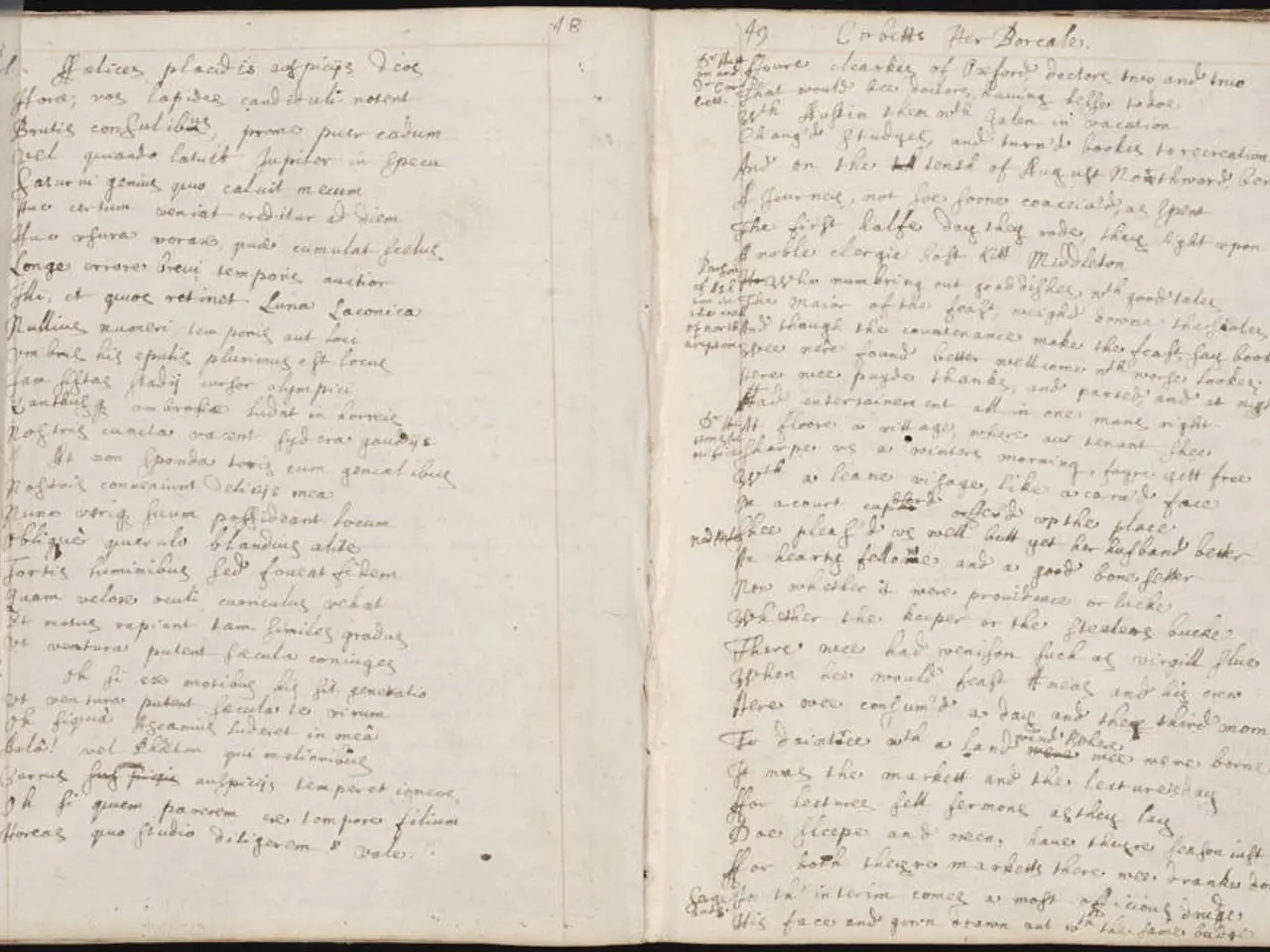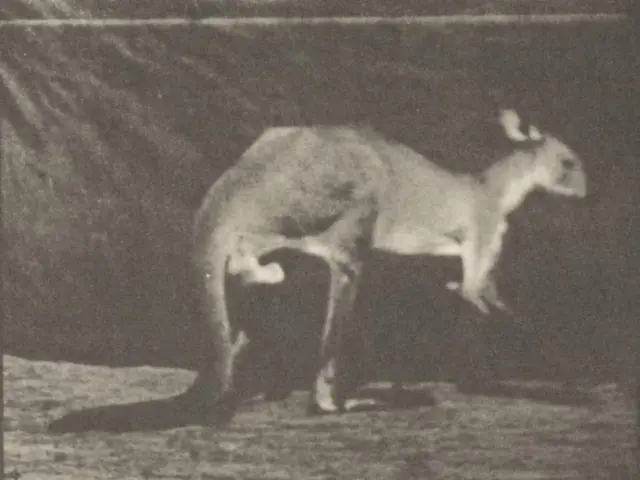Strategies for Commencing a Narrative: Five Methods to Craft a Captivating Beginning
Cracking the introduction of a story can be a formidable task for writers. From the get-go, you need to introduce characters, hint at their fears and aspirations, and thrust them on a journey readers would be willing to tag along with. Here are five strategies to write an engaging beginning that sets the right expectations right off the bat. Let's dive in.
- Establish the stakes
The stakes in a story are the risks, consequences, or rewards that the protagonists need to navigate in pursuit of their goals. Your story should define the stakes from the get-go, as this adds tension, suspense, and emotional investment to the audience.
For instance, your protagonist could be an immigrant struggling to adjust to life in a new country, a detective confronted with a puzzling murder mystery, or an astronaut left alone on Mars. The stakes of personal success, justice, and survival are clear in each scenario, and should be introduced early on to show the reader why they should care and where the story is headed. Also, remember that the higher the stakes, the more compelled the reader will be to stick around and find out how the protagonist's struggles will be resolved.
In addition, if you plan to submit your story to a literary agent, most experienced professionals will make a decision about whether your story is worth their time within the first few pages. Thus, it's essential to lay out your stakes right from the outset, as well as in the hook of your query letter, or they might not even get to read the first chapter in the first place.
- Kick things off with action
Engaging the reader's imagination and creating a cinematic experience as they read starts right from the opening sentence. An effective way to achieve this is kicking the story into gear from the start, with your protagonist actively moving towards accomplishing something. It could be a character racing to a hospital, digging a hole in the ground, or even simply pulling over at a gas station on the highway.
This action can be fast-paced and dramatic—or more laid-back and understated—as long as the character is doing something. This will help the reader visualize the scene and get hooked from the start. Once you identify your story's opening action sequence, make sure to keep the momentum rolling!
- Write with a unique voice
Readers are drawn to unique voices and perspectives, and writing with a distinctive narrating voice can help catch their attention. It's exciting and entertaining to step into a narrator's mind and witness their unfiltered thoughts. For instance, take this classic example from the first page of "The Catcher in the Rye" by J.D. Salinger:
"If you really want to hear about it, the first thing you'll probably want to know is where I was born and what my lousy childhood was like, and how my parents were occupied and all before they had me, and all that David Copperfield kind of crap, but I don't feel like going into it, if you want to know the truth."
A strong voice and persona emerge, somewhere akin to "confidential sharing" that helps the reader trust and empathize with the narrator and, over time, care about their struggles and dreams.
This technique might be more suited to first-person narratives, where the narrator and the protagonist are the same person, but it's not impossible to achieve in other perspectives, such as a third-person narrator. Either way, writing with raw and honest sincerity from the start can work wonders in drawing the reader in.
- Paint a mysterious picture
Creating a sense of mystery is essential, especially in stories set in different worlds, like science fiction or fantasy novels. You risk overwhelming readers with too many world-building details right from the start. Excessive exposition too early on can bore or confuse the readers, making them reluctant to turn the pages.
Instead, create a powerful yet mysterious image of your world that keeps the reader guessing. Here's how C.S. Lewis creates it in the first pages of "The Lion, the Witch, and the Wardrobe":
"It was almost dark inside there and she kept her arms stretched out in front of her so as not to bump her face into the back of the wardrobe. She took a step further in - then two or three steps always expecting to feel woodwork against the tips of her fingers. But she could not feel it.
[...] And then she saw that there was a light ahead of her; not a few inches away where the back of the wardrobe ought to have been, but a long way off. Something cold and soft was falling on her. A moment later she found that she was standing in the middle of a wood at night-time with snow under her feet and snowflakes falling through the air. Lucy felt a little frightened, but she felt very inquisitive and excited as well."
As Lucy, the reader wonders, "What is this place? What happens here?" The only way to find out is to keep reading. Painting a mysterious image of a snowy forest in the back of a wardrobe creates a sense of wonder and intrigue, so find what the "snowy forest" image could be in your story and start from there, slowly revealing more details as the story unfolds.
- Keep it simple
Creating a clear and concise opening is crucial from a technical standpoint, as it draws the reader in slowly. Shorter sentences are easier to read, inviting the reader in little by little. Consider Albert Camus, who starts "The Stranger" like this:
"Maman died today. Or yesterday, maybe. I don't know. I got a telegram from the home: "Mother deceased. Funeral tomorrow. Faithfully yours." That doesn't mean anything. Maybe it was yesterday."
Each sentence is so easy to grasp that, before you know it, you're invested in the story. Ask yourself, "Do readers need to read the first paragraphs of my story twice before they understand what's happening?" If so, simplify it. As Charles Bukowski once said, "The secret is writing down one simple line after another." Especially in the beginning, this would be our addition!
In conclusion, finding the right opening can be challenging, but by employing these strategies, you will engage the reader and set the right expectations from the start. A strong opening will help you publish a compelling story that will capture readers' hearts and give your book the best chance possible.
Rose Atkinson-Carter pens down on writing and publishing at Reedsy—a platform that links authors with publishing professionals and offers advice on various topics, from making audiobooks to improving one's craft.
Share this:
- Click to share on Facebook (Opens in new window)Facebook
- Click to share on Tumblr (Opens in new window)Tumblr
- Click to share on Pinterest (Opens in new window)Pinterest
- Click to share on LinkedIn (Opens in new window)LinkedIn
- Click to share on Reddit (Opens in new window)Reddit
- Click to email a link to a friend (Opens in new window)Email
Related
- 5 Things Your Readers Need From You
- Tips for Ending a Short Story
- 4 Reasons To Use The "Save The Cat" Story Structure In Your Writing
- A writer interested in online education could research courses on personal development, such as 'Establishing Steaks in Storytelling', to enhance his or her ability to write engaging beginnings for stories, adding a layer of emotional depth to the reader's experience.
- Incorporating the use of education platforms offering online learning, like interactive video courses and Q&A sessions with industry professionals, can offer valuable insights and practical techniques for a writer seeking to hone his or her craft, whether it's refining the structure of a story or developing a unique voice that resonates with readers.








